Whether you are an eager student stepping into the workforce or a seasoned professional in the field, crafting and responding to emails will always be one of your core job responsibilities. Everyone knows how to write a simple email, but how do you do it well? Keep reading for 18 examples of email etiquette you should keep in mind at all times.
18 Email Etiquette Everyone Should Know
1. DO NOT USE ALL CAPS.
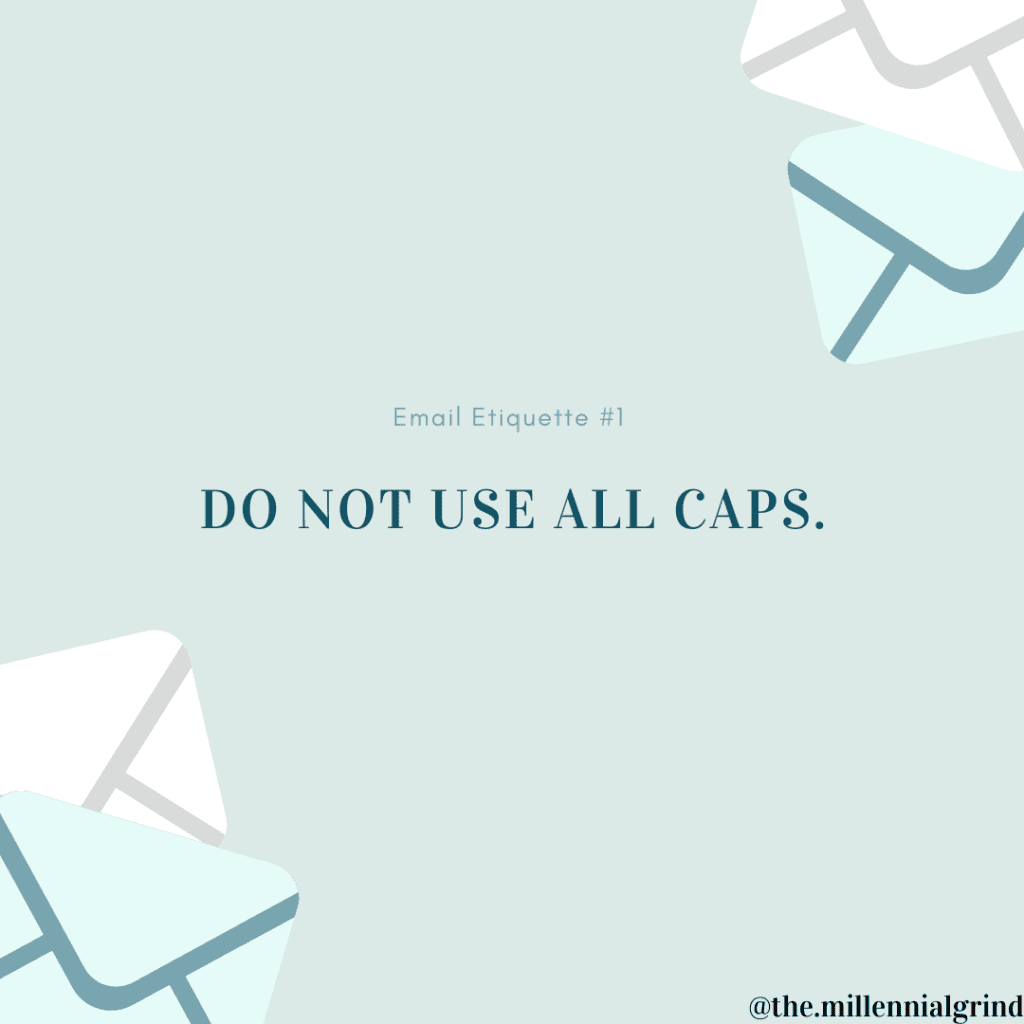
2. Save humor and jokes for happy hour.

3. Don’t use reply all unless all recipients need to see your email.
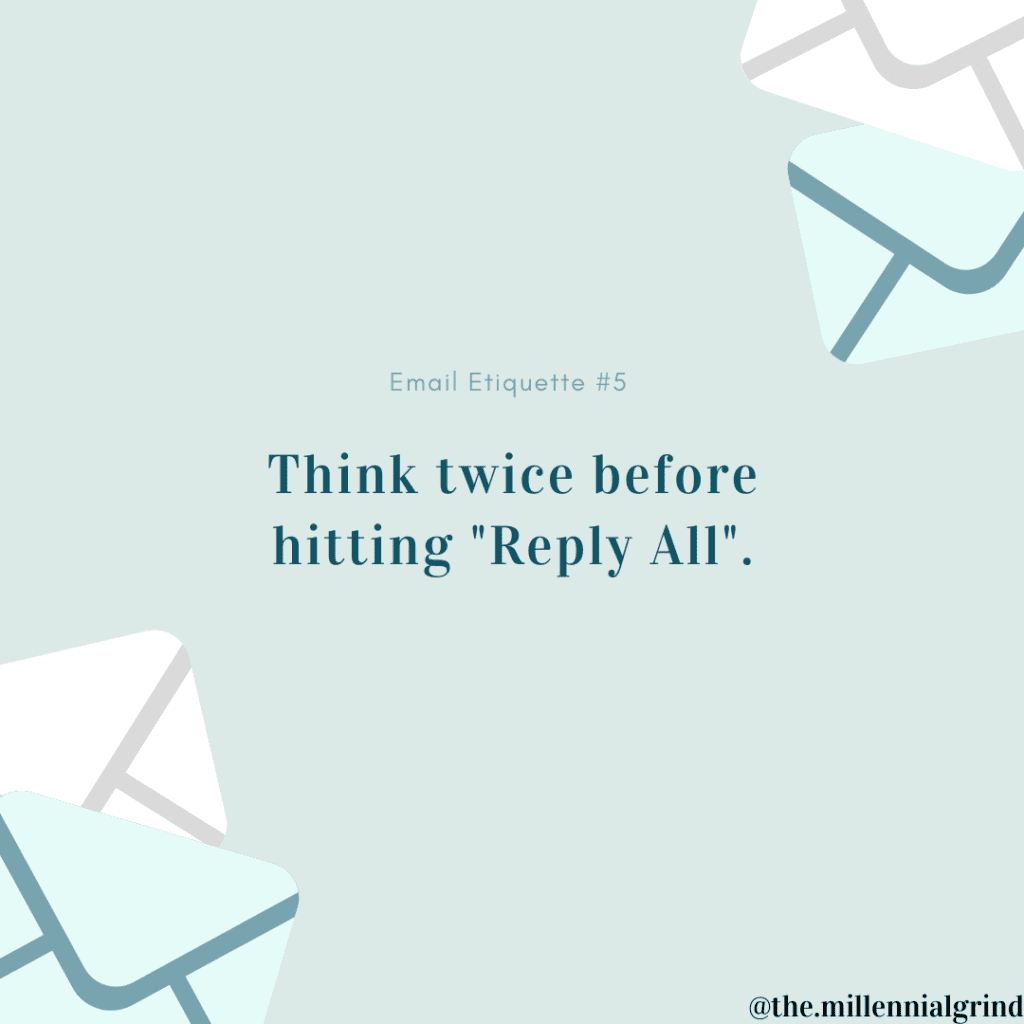
4. Use the subject line to your advantage. The subject line should summarize your email in one sentence.
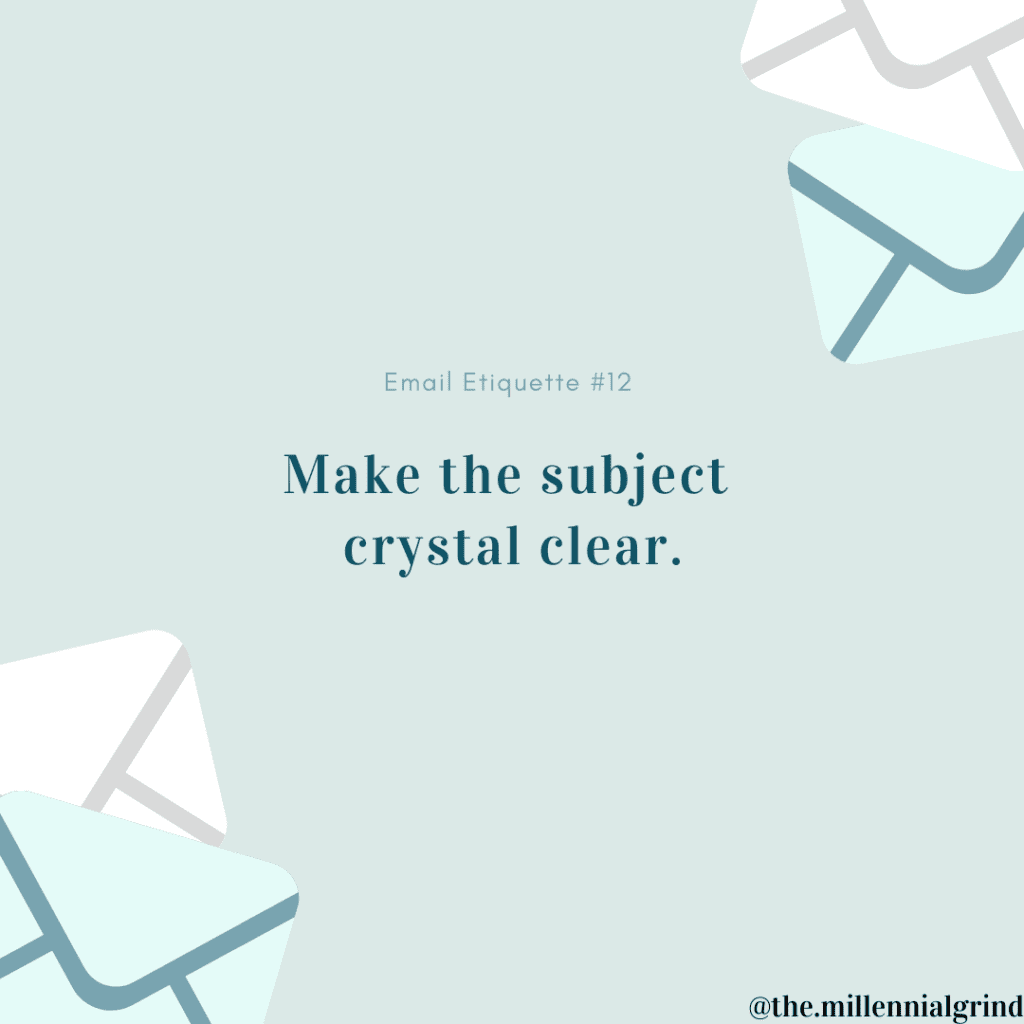
5. Keep your signature sign-off classic. Only switch it up for special occasions.
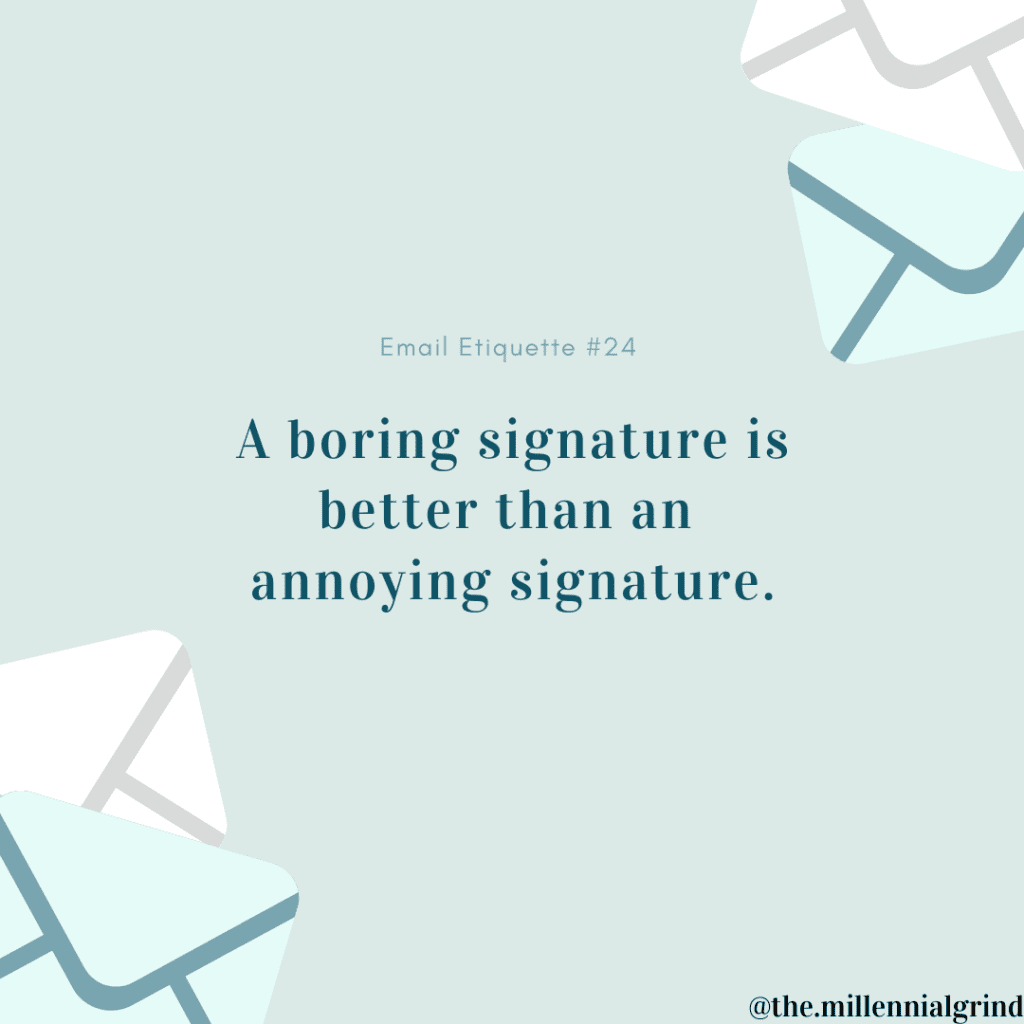
6. Only mark an email as “high importance” if it’s urgent. Otherwise, it loses its meaning.
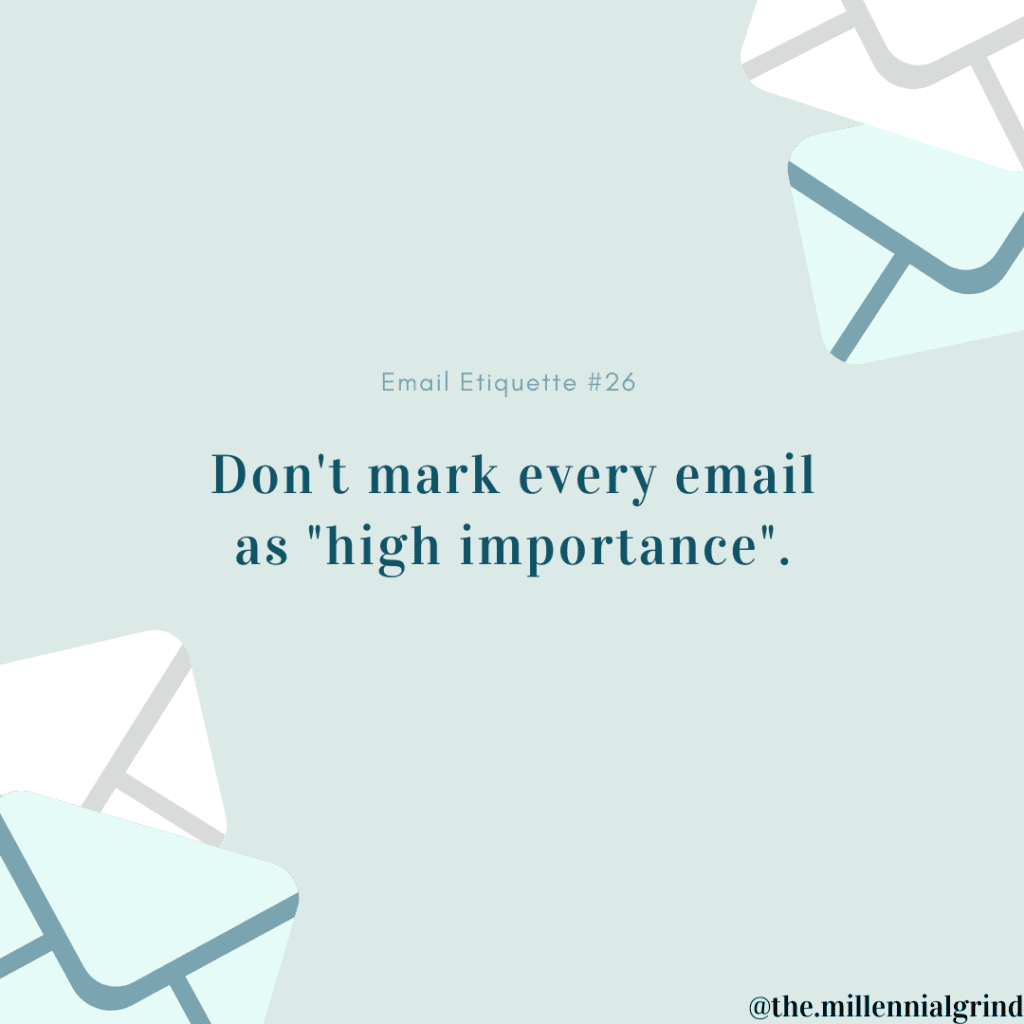
7. Always remember to use spell check. It’s a quick way to ensure your email is professional and free from spelling mistakes.
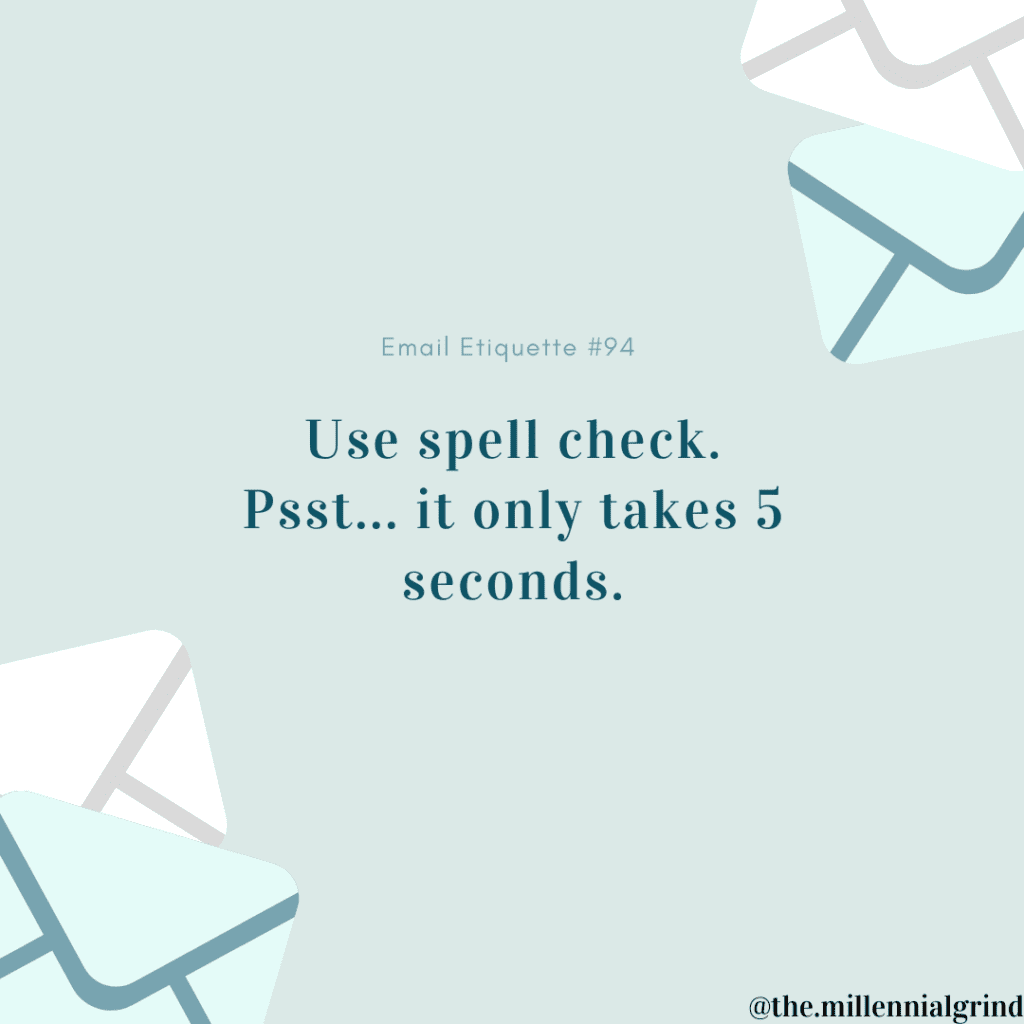
8. Don’t try to use fancy words in your emails. It can come off as pretentious and unnecessary.
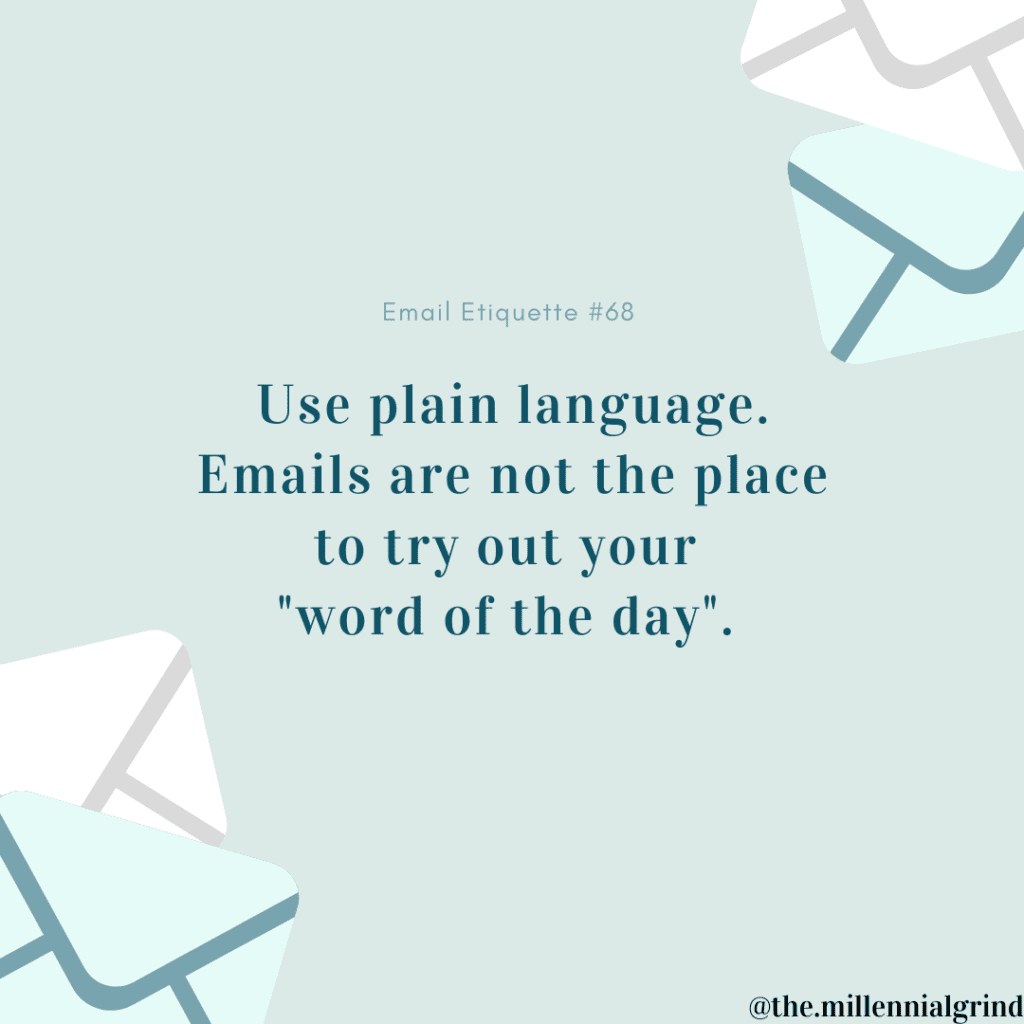
9. Always remain professional in email exchanges. Keep in mind that emails can be saved and forwarded to third parties once they are sent.
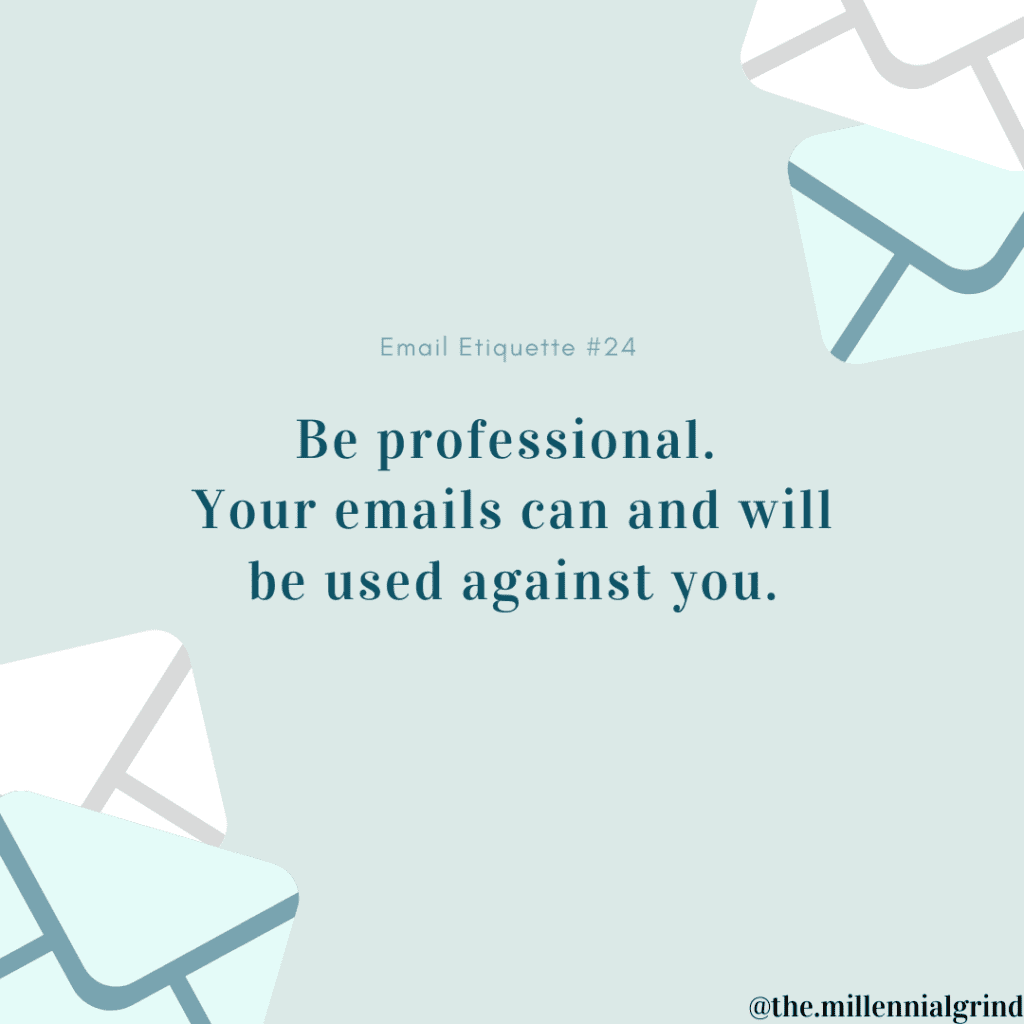
10. Use language and sentences that are easy to understand. No one wants to read an essay secretly disguised as an email.

11. Unless emojis are the norm in your company culture, do not use emojis in your emails. Save them for texts and instant messages.

12. Get to the point. Emails should be informative yet concise. Provide information on a need-to-know basis and then get to the point immediately.

13. Always try to respond to emails within 24-48 hours. Otherwise, the sender may feel like you are ignoring them (even though you might just be busy with other priorities).

14. Make sure to introduce yourself if it’s your first time emailing someone. Let the receiver know who you are and why they should care about your email.
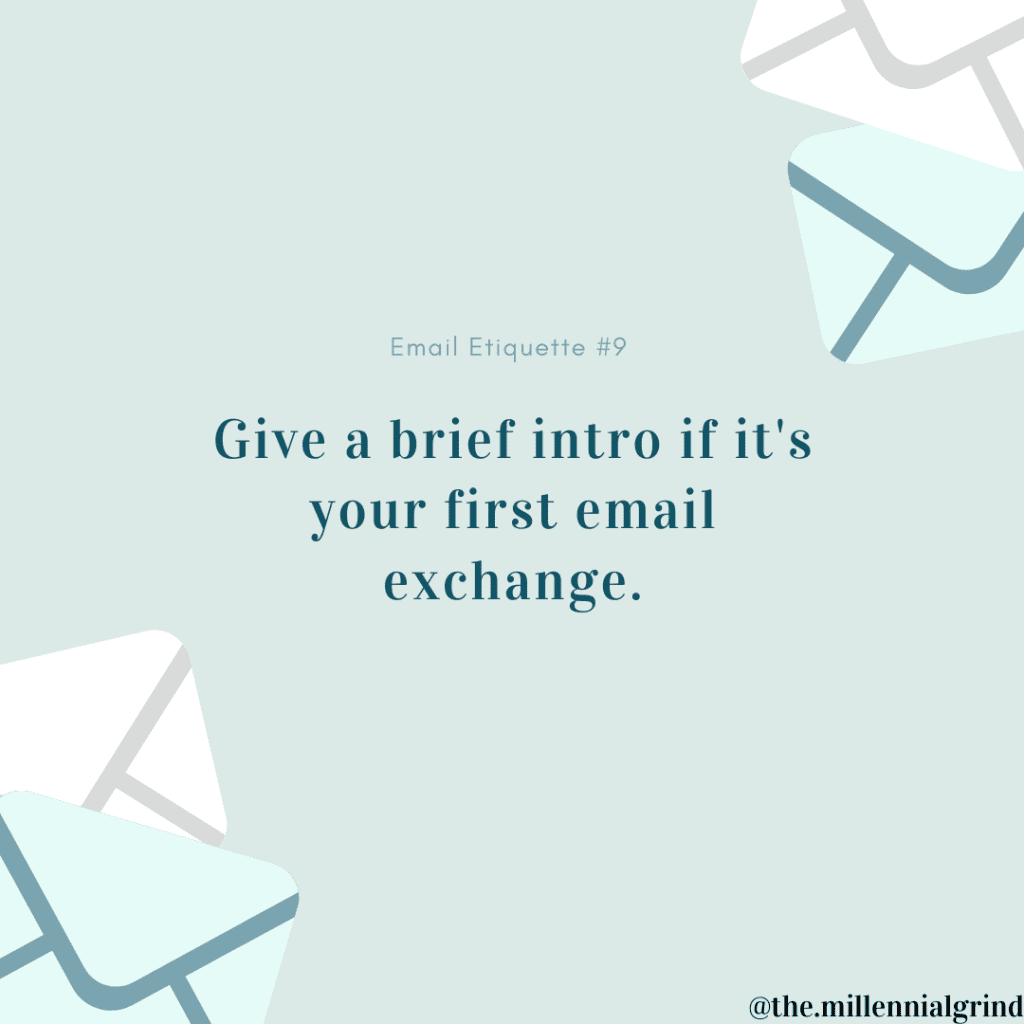
15. Keep the fonts classic (like Arial or Times New Roman). These fonts are easy to read and don’t take away from the readers’ attention.

16. Keep the tone neutral. Even though you may be in a bad mood, it shouldn’t translate into negativity in an email.

17. Most people dislike being cc’ed on a long email chain. If there’s a lot of back and forth required, perhaps try setting up a teleconference or videoconference.

18. Limit the use of smiley faces to friends and family.
